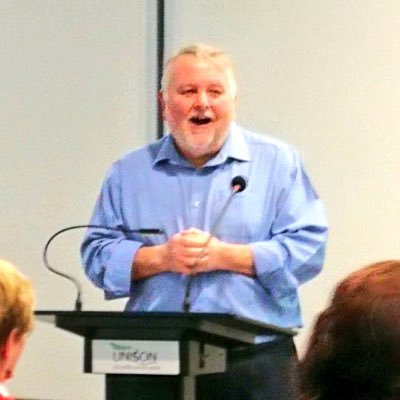An interesting spat between Patrick Butler of the Guardian and Grant Shapps. Butler – the Guardian’s head of society, health and education – wrote a strong piece arguing that ‘savage cuts will leave people sleeping in the streets’ and Shapps replied with ‘the government is protecting the homeless from council cuts’. Read both and see what you think.
Butler’s article quoted examples of councils making huge cuts in their Supporting People (SP) programmes, which provides services to homeless people amongst others. He quotes (as far as I know his figures have not been challenged) examples of 65% and 45% cuts. Butler concludes by saying:
The savaging of SP, a proven cost-effective social intervention, also spells doom for scores of small charities, which have quietly used SP money to up the kind of innovative, low-cost, volunteer-assisted community support networks that the coalition likes to call “big society”. Much of this infrastructure will be laid to waste.
In his reply, Shapps says he ‘simply does not recognise’ Butler’s ‘apocalyptic picture of impending social disaster’. The government has protected both SP budgets and homelessness budgets, ‘so there is no excuse for councils to be targeting any disproportionate spending reductions on programmes that support the most vulnerable.’
To discover the truth we have to rely on mostly anecdotal information at this stage. However, Inside Housing’s survey of 150 councils’ intentions for 2011/2012 shows that there will be cuts of more than 30% in 16 councils and 67 of the councils in the survey will lose money compared to this year. Of equal interest is the fact that the remainder appear to have increased allocations – although, with no ring fence around SP spending, it remains to be seen what will actually get spent given all the other pressures.
And a National Housing Federation survey of 136 organisations which provide services to vulnerable people revealed that the vast majority of councils had already indicated cuts greater than 12%. Nearly three quarters of respondents (73%) said local authorities they work in had already indicated cuts of greater than 12%. 41% expected cuts over 20% in their area, and 18% of respondents expecting cuts over 30%. 60% of respondents said their organisation would be forced to reduce the level of service they offered and the top five client groups most at risk of cuts were: single homeless people, older people in need of support, people with drug and alcohol problems, ex-offenders, people with mental health problems.
The best that can be said is that a major redistribution of funding is taking place at the same time as the total national allocation is being frozen (taking Shapps at his word) or reduced, making life impossible for the losers, and more importantly, for the people who depend on the services. As funding is not ring fenced councils are doing what the government says they should – determining local priorities. Regrettably, some vulnerable groups do not seem to be highly prioritised and ‘localism’ means the government can wash its hands of any responsibility for the outcome. For Shapps to say that ‘there is no excuse for councils to be targeting any disproportionate spending reductions on programmes that support the most vulnerable’ when he has shifted large sums of money away from many of them is outrageous.
Shapps’ article contains one hostage to fortune. He says “If I thought this would in any way increase homelessness and rough sleeping, I certainly would not support the moves we are making to ensure every taxpayer’s pound is spent more wisely.”
We will soon know and then the sector can hold Shapps to his word. As we are talking about the very visible end of homelessness, the evidence will be there for everyone to see.

